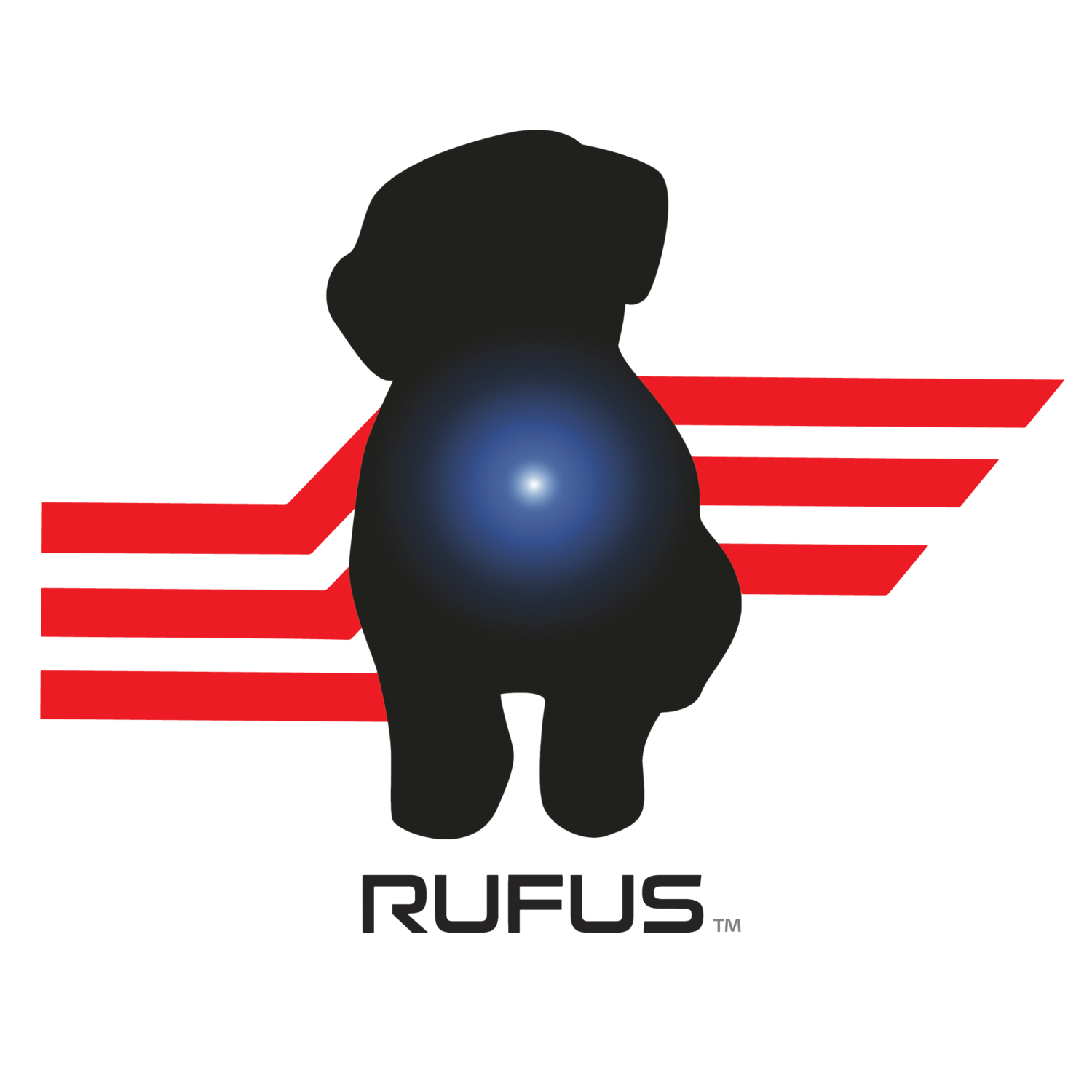What’s Your Chief Supply Chain Officer’s TikTok Handle?: The Impact of Virality On Supply Chain Operations
There are probably more than a few Chief Supply Officers getting “feta up” with viral TikTok videos. If you don’t get on social media much, you might not know what we’re referring to, or why a CSCO would be mentioned in the same sentence as TikTok.
To catch you up to speed, a baked feta pasta recipe went absolutely viral on TikTok. The dish, mostly commonly known as “TikTok Pasta,” is surprisingly simple, undeniably gorgeous and totally delicious. The ingredients include cherry tomatoes, olive oil, salt, pepper, garlic, basil, pasta and, of course, feta cheese.
With more people stuck at home and needing entertainment, screen time is at an all time high, including social media apps like TikTok. It’s no wonder that watching a bunch of people make a super easy, and delicious dish inspired millions to take to their grocery aisles. But, little did anyone think about the consequences a fun, viral recipe video could incite. Who could have predicted that a stupid trend would disrupt a supply chain to the point of a shortage on feta cheese?
If you are a Chief Supply Chain Officer, you might have been able to see this coming.
What Does A Chief Supply Chain Officer Do, Anyway?
The chief supply chain officer role is still a relatively new one within the C-suite and is poised to become a strategic leadership role for organizations worldwide, especially when something as wild as a viral Tik Tok recipe can upend business operations. This is because supply chains are at the center of how a company does business, and ultimately dictates the customer experience. According to an Deloitte Industry 4.0 Investment Survey in 2018, 62 percent of respondents said the supply chain is the most frequently prioritized function for future digital investment, ahead of product design, marketing and sales. Additionally, 63 percent of respondents noted that they have digital transformation efforts for their supply chains already underway.
While it’s clear that the supply chain is a high priority and focus area for CSCOs and their organizations, only 22 percent of the respondents in that same survey said that CSCOs are highly involved or key decision makers in digital technology investments. We were already living in an increasingly competitive and active online consumer world where customers demand speed to market and hyper-personalization, but the pandemic took these expectations to the next level. Executives need to ensure that their supply chain function is not only a key differentiator but also ensures the sustained growth of their organizations, and can handle curveballs. Enlisting a CSCO is a great way to do so.
Having just a COO is no longer enough; companies need an executive dedicated to focusing on optimizing an organization’s supply chain. This is because operations management focuses primarily upon internal activities that happen within a company's walls to manufacture a product or service. Whereas, supply chain managers are more externally focused, working with external partners to procure parts and raw materials needed to produce the product, create the inventory, and sell the product to outside markets.
Handling The Unexpected In Supply Chain Disruptions
Once a c-level role is in place, focused on improving external supply chain efficiencies, it’s much easier to weather unexpected external disruptors. On a macro level, social, economic and political shifts can influence supply chains, but usually these happen gradually. Immediate crises like the COVID-19 pandemic can, as we’ve witnessed this past year, absolutely make or break a supply chain as well.
On a more micro-level, it’s important to consider the social media’s power to influence purchasing behaviors. Yes, even on things like feta cheese. Oh, and sweatpants. In April 2020, clothing sales fell 79 percent in the United States, the largest dive on record. Purchases of sweatpants, though, were up 80 percent. Yes, the boom was in large part due to the stay at home orders, but it was also all the many ads and photos on Insta of people rocking they’re cozy matching sweat sets in every color.
It’s not just social media pushing mass consumption spikes on trends that can disrupt a supply chain. It’s also its messaging. Millennials and Generation Z are increasingly engaging with environmental issues by creating and sharing memes on social media, putting pressure on companies to adjust their supply chains to have less of a carbon footprint. For example, consumer demand not just for a product, but for how a product is made. Footwear company, Vivobarefoot, cut back on the materials in more than 10 of its “hero” styles, slashing its supporting supply chain by 36 percent. And chocolate bar brand, Tony’s Chocolonely uses fair trade sources for it’s ingredients.
Supply chains are fluid. You can’t set them and forget them with an autopilot switch. If TikTok has taught us anything with feta cheese, it’s that anything can happen overnight to disrupt the customer experience. Be prepared with the right hires, infrastructure, open mindset, and of course, the best tech.


